- Home
- Prelims
- Mains
- Current Affairs
- Study Materials
- Test Series
05th Nov 2021
THE BHARAT BIOTECH BBV152 COVAXIN VACCINE AGAINST COVID-19
The World Health Organization (WHO) recently granted emergency use listing (EUL) to Bharat Biotech’s Covid-19 vaccine Covaxin.
Highlights:
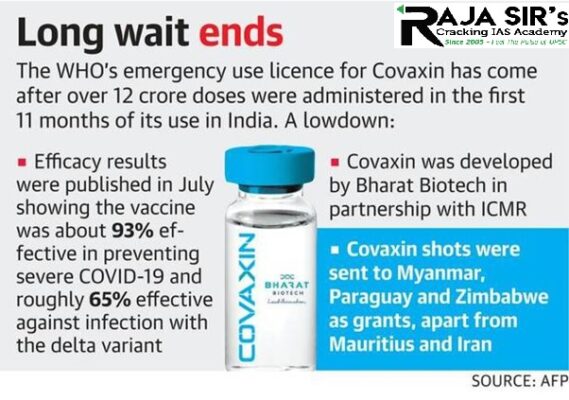
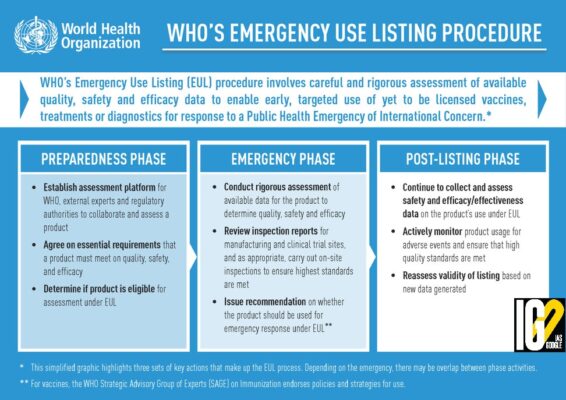
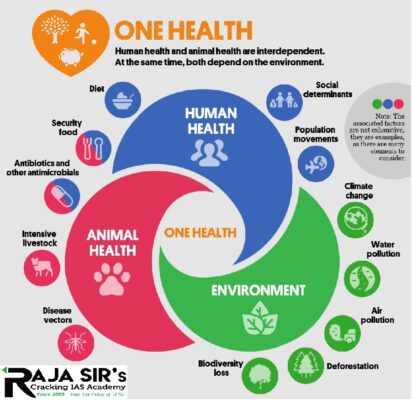
 Aim: to identify vulnerabilities in business models of supervised entities.
Objectives:
Aim: to identify vulnerabilities in business models of supervised entities.
Objectives:
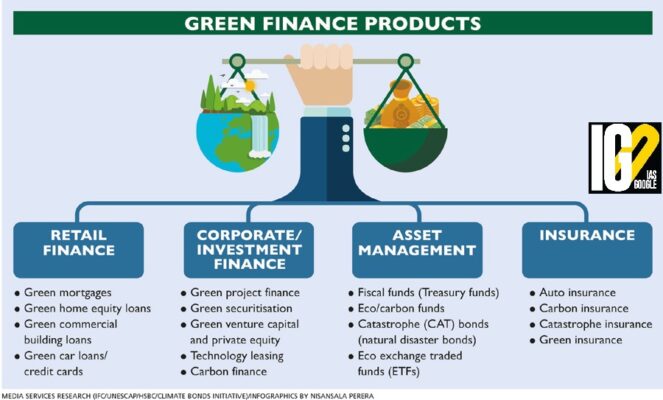 Green finance comprises:
Green finance comprises:
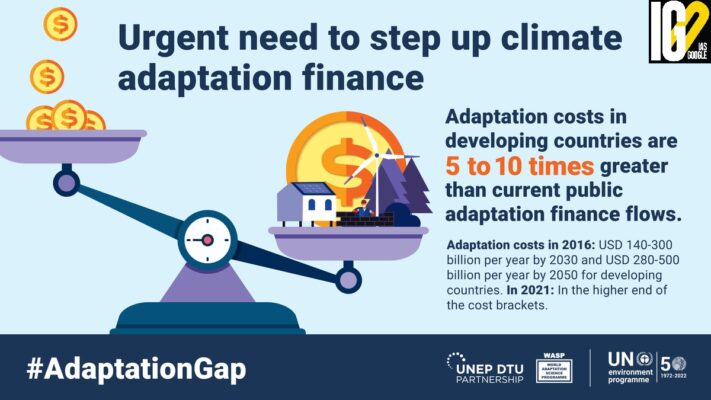

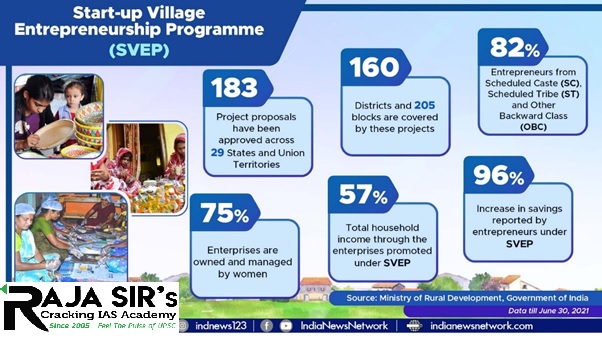
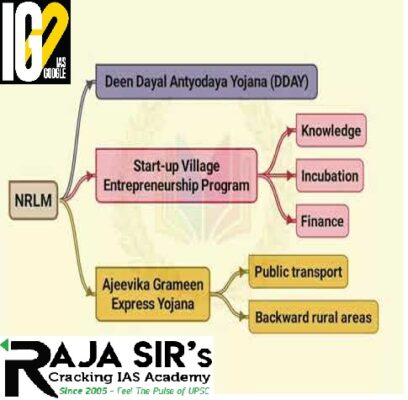

- It will allow for a larger recognition of Covaxin by other countries to allow Indian travelers who have taken the dose to qualify for exemptions that countries offer to those vaccinated.
- Bharat Biotech has developed COVAXIN, in collaboration with the Indian Council of Medical Research (ICMR) - National Institute of Virology (NIV).
- It is India 1st vaccine candidate for COVID-19.
- Covaxin was approved for emergency use in India.
- Around 10% of the 1.07 billion doses so far in the country are of Covaxin.
- Covaxin is an inactivated vaccine, which is developed by inactivating (killing) the live microorganisms that cause the disease.

- The emergency use listing (EUL) procedure assesses the suitability of novel health products during public health emergencies.
- Aim: To make medicines, vaccines, and diagnostics available as rapidly as possible to address the emergency while adhering to stringent criteria of safety, efficacy, and quality.
- The assessment weighs the threat posed by the emergency as well as the benefit that would accrue from the use of the product against any potential risks.
- The EUL pathway involves a rigorous assessment of late phase II and phase III clinical trial data, as well as additional data on safety, efficacy, quality, and a risk management plan.
- The company producing the vaccine must generate data to enable full licensure and WHO prequalification of the vaccine.
- The WHO prequalification process will assess additional clinical data generated from vaccine trials and deployment on a rolling basis
- To ensure the vaccine meets the necessary standards of quality, safety, and efficacy for broader availability.
- The day aims to highlight interdisciplinary and transdisciplinary engagements as well as multisectoral collaboration as aspects crucial to the implementation of the One Health concept.

- One Health is a collaborative, multisectoral, and transdisciplinary approach — working at the local, regional, national, and global levels.
- The goal is to achieve optimal health outcomes recognizing the interconnection between people, animals, plants, and their shared environment.
- The areas of work include food safety, the control of zoonoses (diseases that can spread between animals and humans, such as flu, rabies and Rift Valley Fever), and combatting antibiotic resistance (when bacteria change after being exposed to antibiotics and become more difficult to treat).
- With increased connection between animals and humans, Humans face threats of zoonotic disease outbreaks that can have a devastating impact on the society and economy.
- Efforts by just one sector cannot prevent or eliminate the problem as animals and humans share the eco systems they live in and share many of the microbes.
- For instance, rabies in humans is effectively prevented only by targeting the animal source of the virus (for example, by vaccinating dogs).
- Information on influenza viruses circulating in animals is crucial to the selection of viruses for human vaccines for potential influenza pandemics.
- The One Health framework will help in prediction, early detection, prevention, tracking and control of public health challenges and emergencies and mitigate endemic zoonotic infections and outbreaks.
- The Government of India set up a National Expert Group on ‘One Health’ as a multi-sectoral, transdisciplinary, collaborative group in May 2019.
- The establishment of a National Institution for One Health as part of the PM Ayushman scheme is a step forward in accelerating efforts.
- Experts in different sectors, such as public health, animal health, plant health and the environment, should join forces to support One Health approaches.
- To effectively detect, respond to, and prevent outbreaks of zoonoses and food safety problems, epidemiological data and laboratory information should be shared across sectors.
- Government officials, researchers and workers across sectors at the local, national, regional and global levels should implement joint responses to health threats.
- Drug-resistant microbes can be transmitted between animals and humans through direct contact between animals and humans or through contaminated food, so to effectively contain it, a well-coordinated approach in humans and in animals is required.
- India’s Prime Minister Atmanirbhar Swasth Bharat Yojana (PM-ASBY) should use One Health as a foundational principle in fighting against COVID-19 pandemic.
 Aim: to identify vulnerabilities in business models of supervised entities.
Objectives:
Aim: to identify vulnerabilities in business models of supervised entities.
Objectives:
- To build awareness about climate-related risks among regulated financial institution.
- To spread knowledge about issues relating to climate change and methods to deal with them accordingly.
- It is a network of 83 central banks and financial supervisors.
- Launched: Paris in 2017.
- Aim: to accelerate the scaling up of green finance and develop recommendations for central banks' role for climate change.
- Objectives:
- to help strengthening the global response required
- to meet the goals of the Paris agreement
- to enhance the role of the financial system to manage risks and
- to mobilize capital for green and low-carbon investments in the broader context of environmentally sustainable development.
 Green finance comprises:
Green finance comprises:
- financing of public and private green investments (including preparatory and capital costs) in the following areas
- environmental goods and services(such as water management or protection of biodiversity and landscapes)
- prevention, minimization and compensation of damages to the environment and to the climate (such as energy efficiency or dams)
- financing of public policies (including operational costs) that encourage the implementation of environmental and environmental-damage mitigation or adaptation projects and initiatives (for example: feed-in-tariffs for renewable energies)
- components of the financial system that deal with green investments, such as the Green Climate Fund or financial instruments for green investments (e.g., green bonds and structured green funds).
- The US, China and France are the three biggest issuers of green bonds.
- Renewable energy and energy efficiency
- Pollution prevention and control
- Biodiversity conservation
- Circular economy initiatives
- Sustainable use of natural resources and land

- The gap between costs of adaptation and the current financial flow is widening.
- Estimated adaptation costs in developing countries are 5 to 10 times greater than current public adaptation finance flows.
- The costs of adaptation are estimated at $140-300 billion per year by 2030 and $280-500 billion per year by 2050 for developing countries.
- Climate finance flowing to developing countries for mitigation and adaptation planning and implementation reached $79.6 billion in 2019.
- Even if the world limits warming to 1.5°C, many climate risks remain irreversible.
- $16.7 trillion of fiscal stimulus has been deployed around the globe, but only a small portion of this funding has targeted adaptation.
- Fewer than one-third of 66 countries studied had explicitly funded COVID-19 measures to address climate risks as of June 2021.
- The heightened cost of servicing debt, with decreased government revenues, will hamper future government spending on adaptation, particularly in developing countries.
- Around 79% of countries have adopted at least one national-level adaptation planning instrument, like plan, strategy, or law, with an increase of seven per cent since 2020.
- 99% of countries that do not have such an instrument in place are in the process of developing one.
- 65% of the countries have one or more sectoral plans in place, and 26% have one or more sub-national planning instruments.
- More and stronger implementation of adaptation actions is needed to avoid climate risks, particularly in developing countries.
- Governments should use the fiscal recovery from the pandemic to prioritize interventions that achieve economic growth and climate change resilience.
- They should set up integrated risk management approaches and establish flexible disaster finance frameworks.
- Advanced economies should help developing countries to free up fiscal space for green and resilient COVID-19 recovery efforts through concessional finance and substantive debt relief.

- An electro-optical seeker-based flight test of this class of bomb was conducted for the first time in India.
- The configuration of the system is equipped with Imaging Infra-Red (IIR) Seeker technology enhancing the precision strike capability of the weapon.
- The SAAW is India's first fully indigenous long-range precision guided anti-airfield weapon,
- It is designed and developed wholly by the DRDO’s Research Centre Imarat (RCI) Hyderabad, in collaboration with the Indian Air Force (IAF).
- It is a lightweight high precision guided bomb designed to destroy ground targets, such as runways, bunkers, aircraft hangars and other reinforced structures.
- It has deep penetration capabilities, carries a high explosive warhead, Penetration Cum Blast (PCB) warhead for use against heavily fortified bunkers and concrete structures.
- It has a standoff range of 100 kilometres, which enables users to strike targets, such as enemy airfields, at a safe distance without putting pilots and aircraft in jeopardy.
- It is equipped with advanced guidance, navigation algorithms and software performing.
- Aim: to harness the collective wisdom of practitioners of maritime security and the academia towards garnering outcome oriented maritime thought.
- Theme: Maritime Security and Emerging Non-Traditional Threats: A Case for Proactive Role for IOR Navies.
- GMC is Indian Navy’s outreach initiative.
- GMC aims to bring regional stakeholders together and discuss on collaborative implementation strategies for this region.

- It is a sub-scheme under the Deendayal Antyodaya Yojana-National Rural Livelihoods Mission (DAY-NRLM) programme.
- Aim: To support the Self-Help Group (SHG) members and their family members to set-up small enterprises in the non-farm sector.
- SVEP develops an eco-system for enterprise development in rural areas.
- It’s main objective is to support the rural poor come out of poverty, supporting them setup enterprises and provide support till the enterprises stabilize.
- SVEP focusses on providing self-employment opportunitieswith financial assistance and training in business management and soft skills while creating local community cadres for promotion of enterprises.
- SVEP addresses three major pillars of rural start-ups namely - finances, incubation and skill ecosystems.
- It consists of Community Enterprise Fund (CEF) for enterprise funding, Cadre of Community Resource Persons-Enterprise Promotion (CRP-EP) for providing Business Support Services
- CRP- EP includes preparation of business plans, trainings, accessing loans from Banks etc. and dedicated centre at block level for providing information to entrepreneurs.
- CRP-EPs are selected from the communitywhere the programme is being implemented as they understand the local context and their familiarity with the NRLM eco-system.
- CRP-EPs along with the Block Programme Manager(BPM) and the Mentor are the key human resources at the block level for implementing the programme.
- The Block Resource Centre for Enterprise Promotion (BRC) is set up as the base for implementation of SVEP in the Block.
- The BRC is the nodal centrefor technical support for SVEP at the Block level.

- National Rural Livelihoods Mission (NRLM) was launched by the Ministry of Rural Development in 2015.
- The Mission aims at creating institutional platforms of the rural poor, enabling them to increase household income through sustainable livelihood enhancements and improved access to financial services.
- Under the scheme, the poor would be facilitated to achieve increased access to rights, entitlements and public services, diversified risk and better social indicators of empowerment.
- Implementation: NRLM works in a block for a period of ten years till community federations take responsibility of implementation. These blocks are:
- Resource Block (support from National Resource Organization),
- Intensive Blocks (implemented with SRLM staff and internal community resource persons),
- Partnership Blocks (support from local community and NGO) and
- Non-intensive Blocks (remaining blocks not taken up for implementation in the initial phase).









 Latest News
Latest News
 General Studies
General Studies